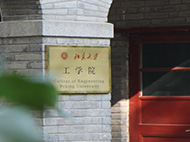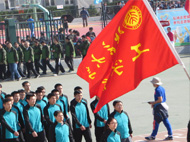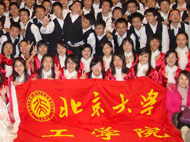讲座信息
8月24日力学系与湍流国家重点实验室——Thermal radiative properties of bulk and nanostructure from multiscale simulations
题目:Thermal radiative properties of bulk and nanostructure from multiscale simulations
报告人:Dr. Hua Bao
时间:8月24日(周五)上午10:00-11:00
地点:澳门太阳娱乐网站官网1号楼212会议室
主持人:符策基(副教授)
报告内容摘要:
Wavelength and direction selective thermal radiative properties are desired in many energy and thermal applications. Such a thermal radiative property can be achieved by atomic control of materials or nanoscale control of material surface. At atomic scale, a method based on first-principles calculations is established to predict the thermal radiative property of semiconductors from their atomic structures, using GaAs as an example. In the far-infrared band, the optical absorption is due to the photon interaction with optical phonons. The dielectric function can be obtained by parameterizing the Lorentz oscillator model. In the visible band, the optical absorption of a semiconductor is due to the electron interband transitions. The dielectric function is calculated based on the GW method and Bethe–Salpeter equation. At nanoscale, the light interaction with nanostructures is governed by the Maxwell’s equations. Using the finite-difference time domain method, the optical properties of multi-walled carbon nanotube array and silicon nanowire array are investigated. It has been shown that the vertically aligned multi-walled carbon nanotube arrays are nearly perfect absorber in the visible spectrum. Silicon nanowire arrays are less absorptive than carbon nanotube, but we propose and demonstrate that their optical absorption can be greatly enhanced by introducing structural randomness, including random positioning, diameter and length.
报告人简介:
BAO Hua received his B.S. degree in Department of Physics from Tsinghua University, China, in 2006. He then obtained his Ph.D. from Purdue University in 2012. He is now an assistant professor at University of Michigan-Shanghai Jiao Tong University Joint Institute. His research interest is micro/nanoscale energy transport and conversion, and the applications on thermal management and renewable energy.









